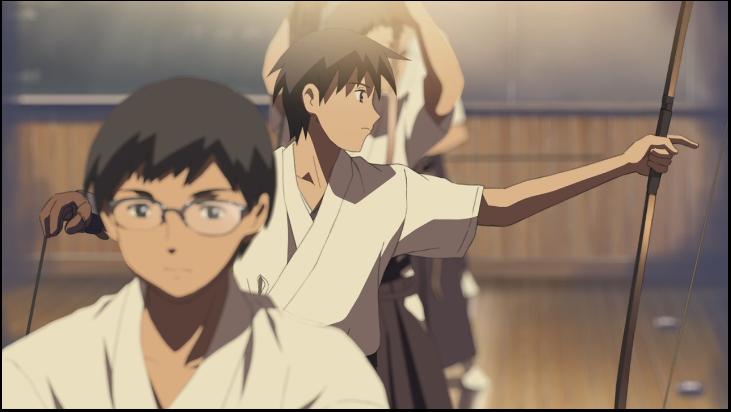For the past few months I have been volunteering at Niconico Tomato, which is a program that tries to bring smiles to the children at Kyoto University Hospital. We do things like prepare events, organize parties, make gifts, and generally have fun.
For Halloween, and now for Christmas, we make cards for the children. I really enjoy trying my best as I make the cards, since I know the child who receives it will appreciate it. I also enjoy the creativity the volunteers put into making the designs. For the Halloween cards, we embroidered a spider web into the card, attached a ghost, and created a foggy spooky background. I think they look really cool. The Christmas cards are going to be just as well thought out.
I’ve also enjoyed talking with the other volunteers. We tend to talk about the differences of American and Japanese culture. Everyone in the program is extremely nice and it’s easy to talk with them as I work. Interacting with the kids is also rewarding. Even though the children are sick, they still have so much energy and are able to have fun. I find it amazing that the little activities we create for them, like collecting a sticker every day they visit the playroom, keeps their spirits up. I really do believe we are doing a good thing at Niconico Tomato.




